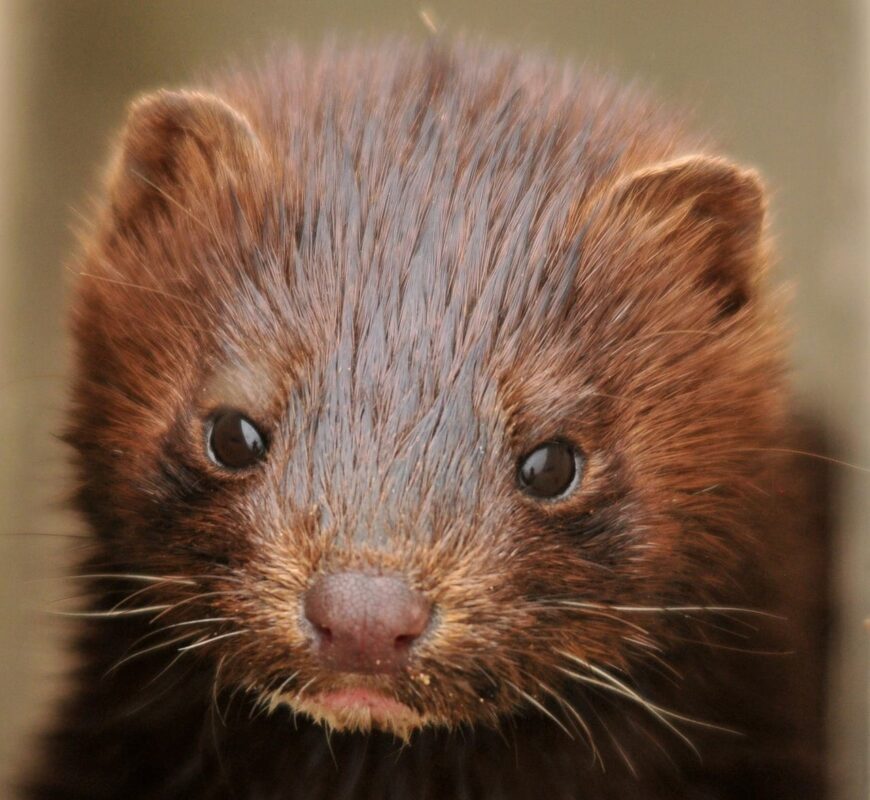Last autumn, a group of leading young fashion designers – including Hannah Weiland of Shrimps, Molly Goddard, Felder Felder, Vika Gazinskaya, and Faustine Steinmetz – wrote to students at prestigious London fashion school Central Saint Martins, urging them not to use fur in their collections. "Fortunately, in order to be a success in the fashion world, you don't need to contribute to the barbaric treatment of animals practised by the fur industry," they wrote. And of course, they're right. From public figures, such as Michelle Obama and Carla Bruni-Sarkozy, to some of the world's best-loved stars – including Penélope Cruz, Kate Winslet, P!nk, and Miley Cyrus – everyone who's anyone has spoken out against fur.
Protests across every continent, celebrity-fronted campaigns, and exposé after exposé have had a huge effect. Decades ago, people could claim ignorance, but now, that's impossible. Today, anyone with an Internet connection can see footage and photos of animals on fur farms, who spend their lives confined to tiny wire cages, often with little to no protection from the snow and sleet in wintertime and the scorching summer sun. Even on farms in so-called "high-welfare" countries, including Denmark, animals go insane from the cage confinement and resort to endless circling or gnawing at their own limbs. When their short lives come to an end, it's often through painful anal electrocution, neck-breaking, gassing, drowning, or strangulation. And finally, their skin is peeled off and treated with polluting chemicals to prevent it from decomposing.
Enlarge

Pixabay
Investigations into twenty-six Danish fur farms found sick, injured, and dead animals in every facility. Some minks had untreated wounds and were missing ears or tails, which had been bitten off during fights with other minks – a common occurrence when these naturally solitary animals are forced to live together in extreme confinement. They were also unable to escape the presence of the maggot-infested, rotting corpses of those who had died, and at the end of their miserable lives, they were gassed to death.
Today's conscientious consumers want fun – not bloody – fashion. That's why Stella McCartney chose to unveil her new collection with the slogan "No leathers, feathers or fur". It's also, no doubt, the reason why in March 2016, Italian powerhouse Armani joined the likes of Vivienne Westwood, Ralph Lauren, and Calvin Klein in declaring itself fur-free, stating that it's taking steps to reflect "our attention to the critical issues of protecting and caring for the environment and animals".
The fashion industry is one of the most creative and influential industries in the world – and now more than ever, it's defined by innovative designers' use of cutting-edge, sustainable, and animal-friendly fabrics. Let's face it: anyone who still uses fur is unoriginal and stuck in the past.
Mimi Bekhechi is Director of International Programmes at PETA UK
